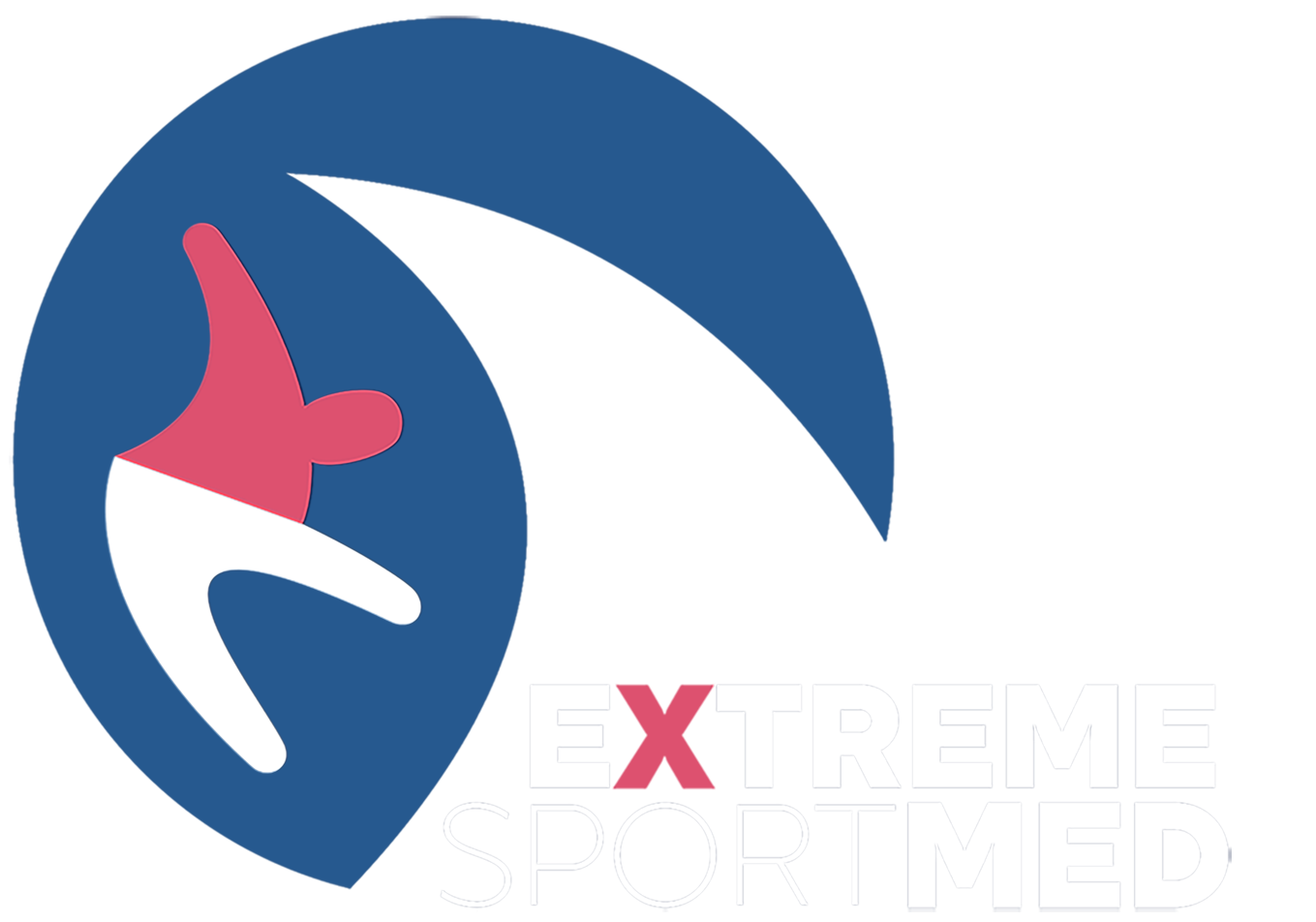A. Giai Via1, G. Discalzo2, F. Oliva3, R. Matteotti4, N. Maffulli5,6
1 Orthopaedics and Traumatology, department of surgery, Ospedale Sant’Anna, San Fermo della Battaglia, Como, Italy
2 University of Varese, School of Medicine. Orthopaedics and Traumatology, department of surgery, Ospedale Sant’Anna, San Fermo della Battaglia, Como, Italy
3 Department of Musculoskeletal Disorders, School of Medicine and Surgery, University of Salerno, Salerno, Italy
4 Orthopaedics and Traumatology, department of surgery, Umberto Parini Hospital, Aosta, Itlay
5 Department of Musculoskeletal Disorders, School of Medicine and Surgery, University of Salerno, Salerno, Italy
6 Queen Mary University of London, Barts and the London School of Medicine and Dentistry, Centre for Sports and Exercise Medicine, Mile End Hospital, London, England
SUMMARY
Introduction. Muscles lesions are common sport-related injuries. They are usually treat- ed conservatively with good outcomes. However, large structural muscle injuries (type 4 according to I.S.Mu.L.T. classification) are a challenge for physicians. Often, patients may suffer from discomfort and residual pain, functional impairment, and the rate of compli- cations and re-injury rate is high. Furthermore, the lack of clear indications does not help physicians in the decision process. Methods. We performed a systematic review of four databases (PubMed, Google scholar, EMBASE, Cochrane Library) using the Preferred Reporting Items for Systematic reviews and Metanalysis (PRISMA) guidelines. Level I (RCT), II, III and level IV studies (case series) were included. We also searched for biomechanical and animal studies. Results. Surgical repair of type IV muscle injuries seems to provide better outcomes and higher rate to return to sport than conservative treatment, although surgical repair is not supported by level I or II studies. The suture of the muscle fibers together with the epimy- sium increases the mechanical resistance of the suture and reduces the risk of pull-out. This technique allows earlier mobilization, promotes healing and reduces scar formation. Conclusions. In this article, we try to explain the rational to suture a closed muscle tear, summarize the proper surgical indications, and show the proper suture technique.
KEY WORDS: Muscle injury, rehabilitation, return to play, surgical treatment, skeletal muscle suture.
